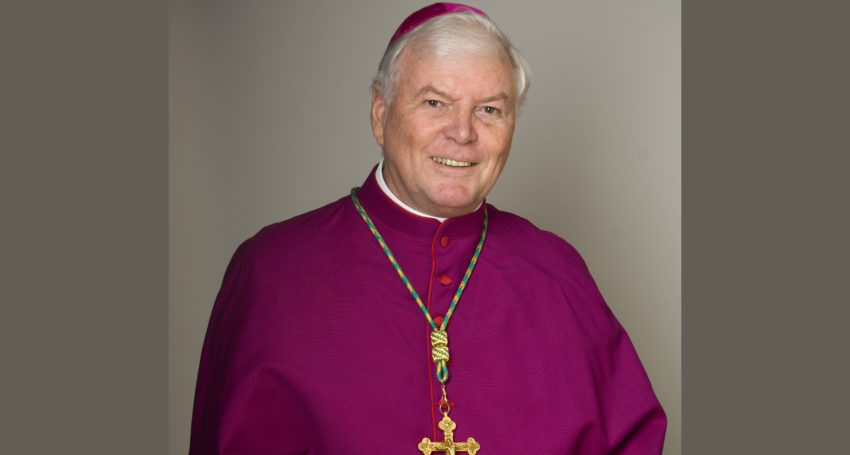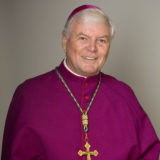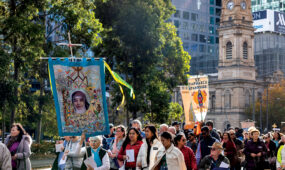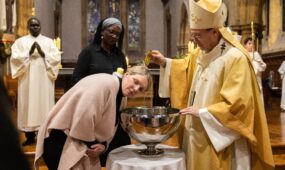The meaning of names
Opinion
There is nothing that looks deader than a pruned vineyard in August. I have seen it at Sevenhill, year after year. A month later, as is happening now with the trees in our gardens, the buds of the fresh green of life begin to appear.

It is transformation. It is life coming out of death. It is fruitfulness arising from where there was barrenness. There is a canopy of life growing over what before seemed simply to be dead wood.
Jesus was a wonderful teacher, one whose approach we could continue to imitate in our classrooms. When asked a question, he usually replied with a story, something we call a parable. So when he was asked ‘who is my neighbour?’ he replied with the arresting story of the Good Samaritan. When asked what the Kingdom of God was like, he talked about a mustard seed and the yeast that a woman uses when making bread. When criticised for mixing with sinners, he spoke of the good shepherd who went after the lost sheep. And he added to it, giving the parable that all the world knows, that story of stories, that of the Prodigal Son, whose father watched day after day for him, and ran without any regard to dignity to embrace him, the boy who had betrayed him.
Advertisement
The purpose of a parable, as Jesus spoke them, was to present a story of characters and actions that the listener could enter into. One listener might identify with one character, another might identify with one of the sayings, and so on. And the parables were adapted to life, so that when one heard them the first time, the meaning might well be different the second time, as our own life experience advances.
Names and titles and images in the Gospels can teach us much. Interestingly, there is only one example in St Mark’s Gospel where Jesus was called by his first name. It is in St Mark’s Gospel, and the blind beggar Bartimaeus calls out ‘Jesus, son of David, have pity on me….’ The response of Jesus is an act of healing and mercy, and the leading of Bartimaeus back into a new life. It was the poorest of creatures who used the closest of names, and the heart of Jesus opened to him.
In the Gospels the people around Jesus, the apostles and disciples, addressed him not by name but by various titles – Teacher, Lord, Master, Rabbi, and so on. Jesus never used those titles about himself. He used images. He was the Shepherd, the Light, the Way and the Truth and the Life, the Vinedresser, the Gate of the Sheepfold, the Bread of Life. And he described himself also as the Vine and Branches, calling us into that union of life that is symbolised by a living plant, a plant that bears the fruit of the vine, which Christ transforms into his Eucharist.
Advertisement
We need as a Christian people always to reflect on our mission as Church with firm faith and hope, acknowledging that Christ is with us always, and in all things and in each of us, reaching out. Our shared vocation is to be his hands and voice in our part of the world.
As branches we are enlivened by the sap of life within us, the indwelling of Christ. Nourished and strengthened by the Vine who is Christ, we the branches are to spread out that life to those around us. It is baptism that configures us to live the mission of Christ in the world.
Bishop Greg O’Kelly SJ
Apostolic Administrator
Archdiocese of Adelaide
Bishop of Port Pirie Diocese








Comments
Show comments Hide comments